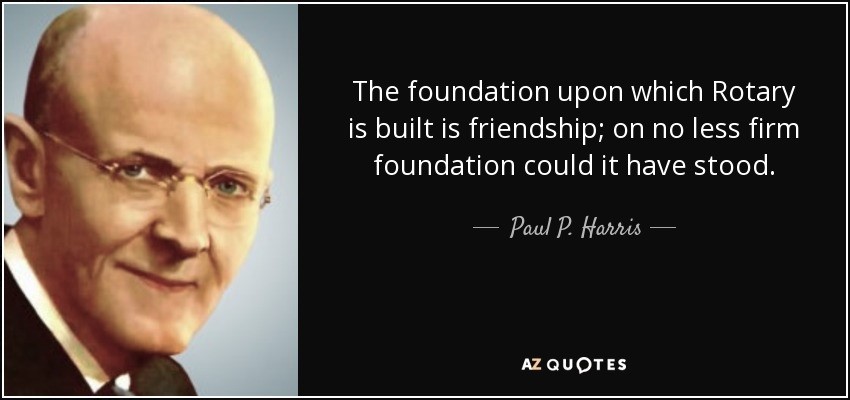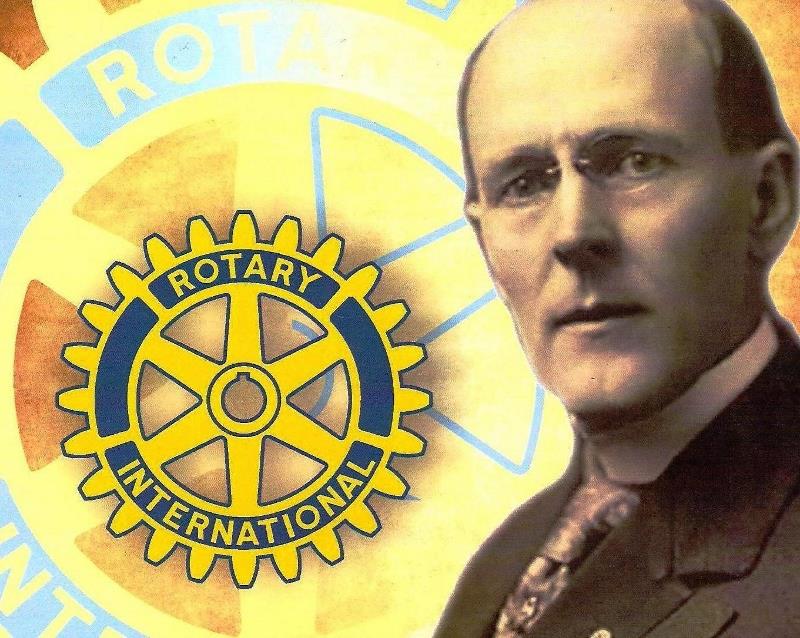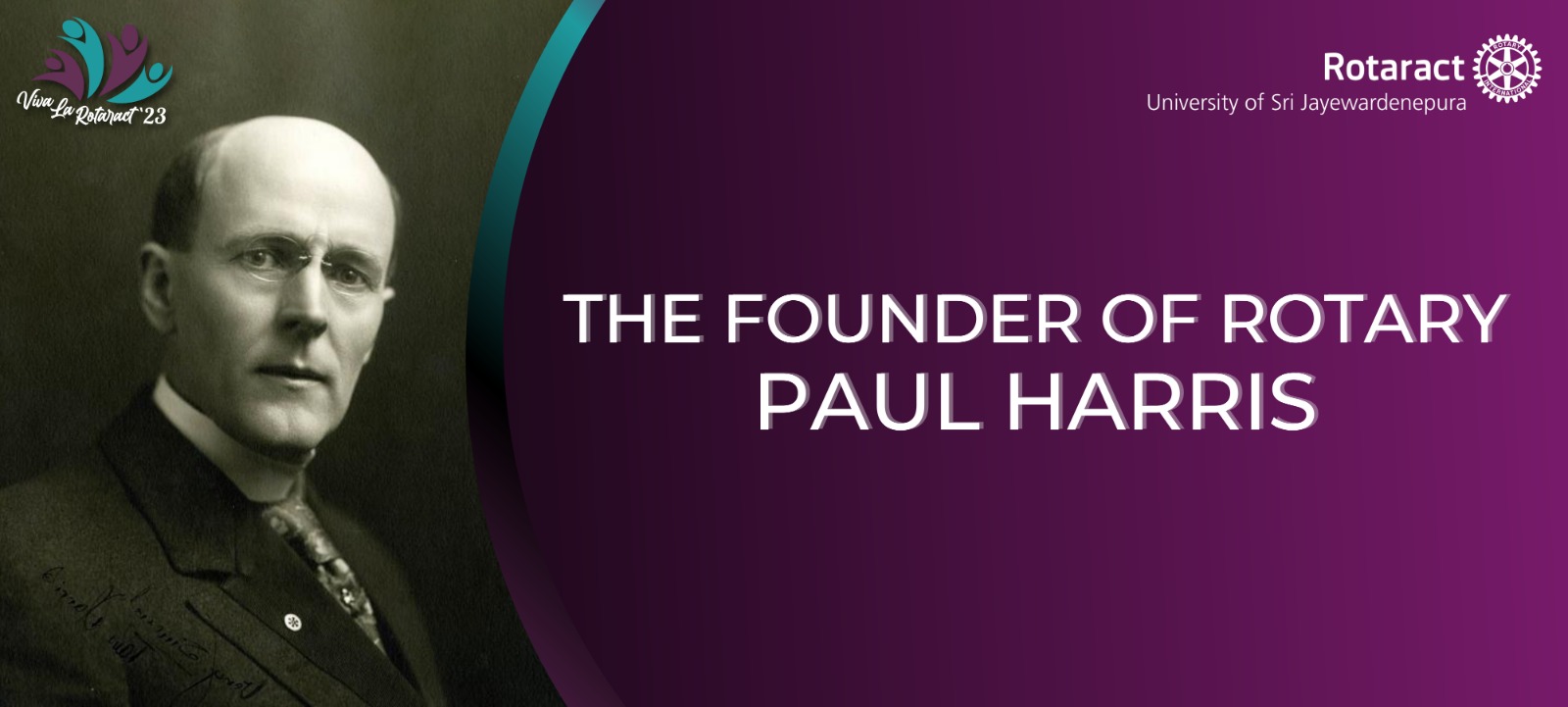“This is a changing world, we must be prepared to change with it. The story of Rotary will have to be written again and again.”
The above world-famous quote is by Pual Harris, who laid the foundation for the humanitarian organization, Rotary International, in 1905. Rotary International runs two other branches; Rotaract and Interact. The words “Rotaract” are a combination of the words “Rotary” and “activity,” and they serve as the umbrella organization for local Rotary Clubs.
Harris was born in Racine, Wisconsin, on April 19, 1868. When he was three years old, his family experienced financial difficulty, and he and a brother were sent to Vermont to live with his paternal grandparents. After secondary school, he attended the University of Vermont and Princeton University. He pursued legal studies at the University of Lowa after completing his apprenticeship. In June 1891, he graduated with a Bachelor of Law.

In Chicago’s central business district, Harris opened his first law office in 1896, and he remained there for the following 40 years. After starting his law business, Harris eventually convinced several business partners to consider the concept of establishing a group for local professionals. The first Rotary club meeting was held on February 23, 1905, at Gustavus Loehr’s office in downtown Chicago. It was attended by Harris, Silvester Schiele, Hiram Shorey, and Gustavus Loehr.

Harris recognized that a national association with an executive board of directors was necessary. The 16 existing clubs merged to form the National Association of Rotary Clubs at the first national convention for Rotarians, which was held in Chicago in August 1910. Harris was chosen as the new association’s president by a vote of all members. His sole first goal was to establish a club for business and professional men for friendship and fellowship.
Harris soon came to the conclusion that Rotary required a higher goal. At the end of his term as president, he had made efforts to take Rotary outside of the city. Other club participants rejected the notion because they didn’t want to shoulder the extra cost. Nonetheless, Harris persisted, and by 1910, Rotary had spread to six more significant American towns. Harris returned to Rotary in earnest in the middle of the 1920s, taking on a public-facing role as the group’s spokesperson. He travelled to conventions and clubs all over the world to promote membership and service, frequently bringing his wife Jean along.

After a severe illness, Harris passed away on January 27, 1947, in Chicago, at the age of 78. He stated before his passing that he preferred donations to the Rotary Foundation over floral tributes. By chance, Rotary officials had agreed to launch a significant fundraising campaign, Paul Harris Memorial Fund for the foundation just days before he passed away. Rotarians were encouraged to remember the late Rotary founder by donating to the fund, which would be put to good use for causes dear to Harris’ heart.
Written by: Rtr Pethmi Ranawaka.
Graphic design by: Rtr. Tharushi Nadunika & Rtr. Rashmika Budunwela



0 Comments